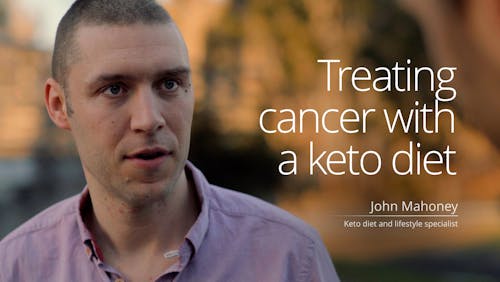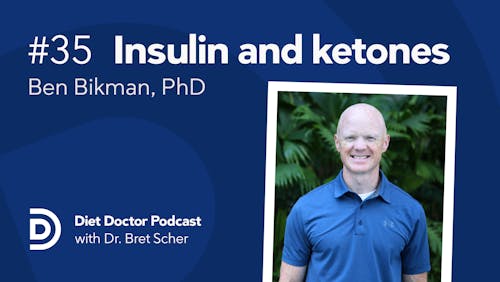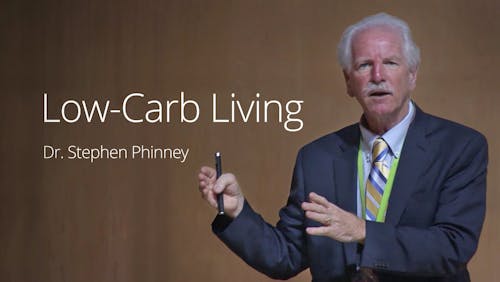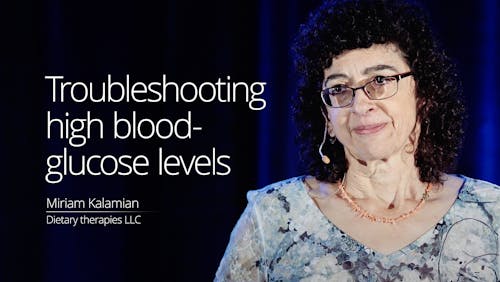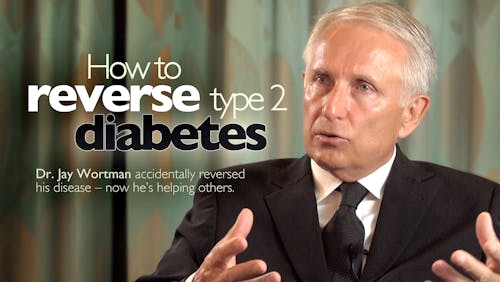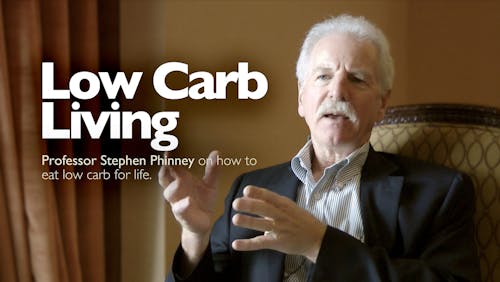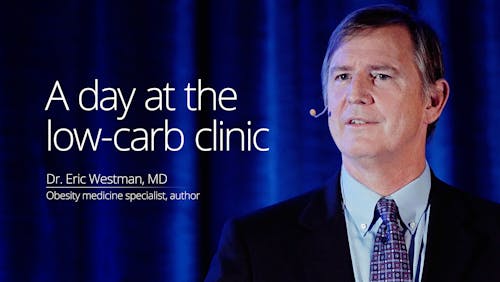The science of carb restriction, ketosis and side effects

How much do we need to restrict carbs to obtain nutritional ketosis? And does the degree of carb restriction impact side effects or “keto flu” symptoms?
A new study published in Nutrition: X from investigators in New Zealand addresses these questions. On the surface, many familiar with low carb may respond with, “Don’t we already know that? Isn’t it common knowledge?”
Maybe.
The authors acknowledge that a google search for “keto flu” turns up 22,000 results. But the same search in the scientific literature shows very few results.
In fact, in our evidence based guide on the keto flu and other side effects, we did not find much support from scientific studies, and instead relied heavily on our low-carb expert panel to confirm many of our statements.
We have plenty of clinical experience, but we don’t have much science to fall back on. This study aims to change that.
The authors randomized 77 healthy subjects to a very-low-carbohydrate diet (5% of total calories or 25g on a 2,000kcal diet), a low-carb diet (15% or 75g on a 2,000kcal diet) or a moderate-low-carb diet (25% or 125g on a 2,000 kcal diet).
They found that all three groups reached nutritional ketosis, defined as beta-hydroxybutyrate (BHB) blood levels above 0.5mmol/L, with the very-low-carb group averaging four days and the other groups averaging five days to achieve those results. The 25% carb group was in and out of ketosis during the 12-week period, whereas the lower carb groups consistently remained in ketosis.
That makes sense. The more we restrict carbs, the more likely we are to remain in ketosis. It was somewhat surprising, however, that even at a level of 15% (75g on a 2,000 calorie diet), the subjects remained in ketosis. That is a much higher carb intake than most experts recommend.
It is important to note that these were healthy volunteers, not subjects with type 2 diabetes, metabolic syndrome or obesity. It is likely that those with more insulin resistance require stricter carb restriction, something this study did not test.
What about the nasty “keto flu” or carb withdrawal symptoms? All groups experienced similar symptoms of headache, constipation, bad breath and muscle weakness, with trends to more significant symptoms with stricter carb restriction. (The small numbers in each group made it more difficult to reach statistical significance.)
Day four was the worst day for symptoms, and all symptoms resolved by day 17 or 18.
In addition, intestinal bloating, sugar cravings, and overall mood improved in all groups. Interestingly, the low-carb group had inconsistencies with mood improvement, whereas the very-low-carb and moderate-low-carb groups were more consistent. I find that intriguing; maybe the “middle-ground” diet is less beneficial, but we will need larger studies to investigate this before drawing any conclusions.
In the end, this study contributed nicely to our knowledge of ketosis and the side effects of carb restriction. It’s encouraging to know that the study confirmed much of what our low-carb expert panel agreed upon. Hopefully, similar studies will follow in subjects with diabetes, obesity and metabolic syndrome, as they likely will have different responses than this mostly healthy cohort.
You can read more about ketosis in our evidence-based guides, A ketogenic diet for beginners and The complete guide to ketosis.
Thanks for reading,
Bret Scher, MD FACC
More
New review: very-low-calorie ketogenic diets are effective for weight loss
Much ado about keto and influenza (in mice)
New study: low-carb education in a group setting for the win





